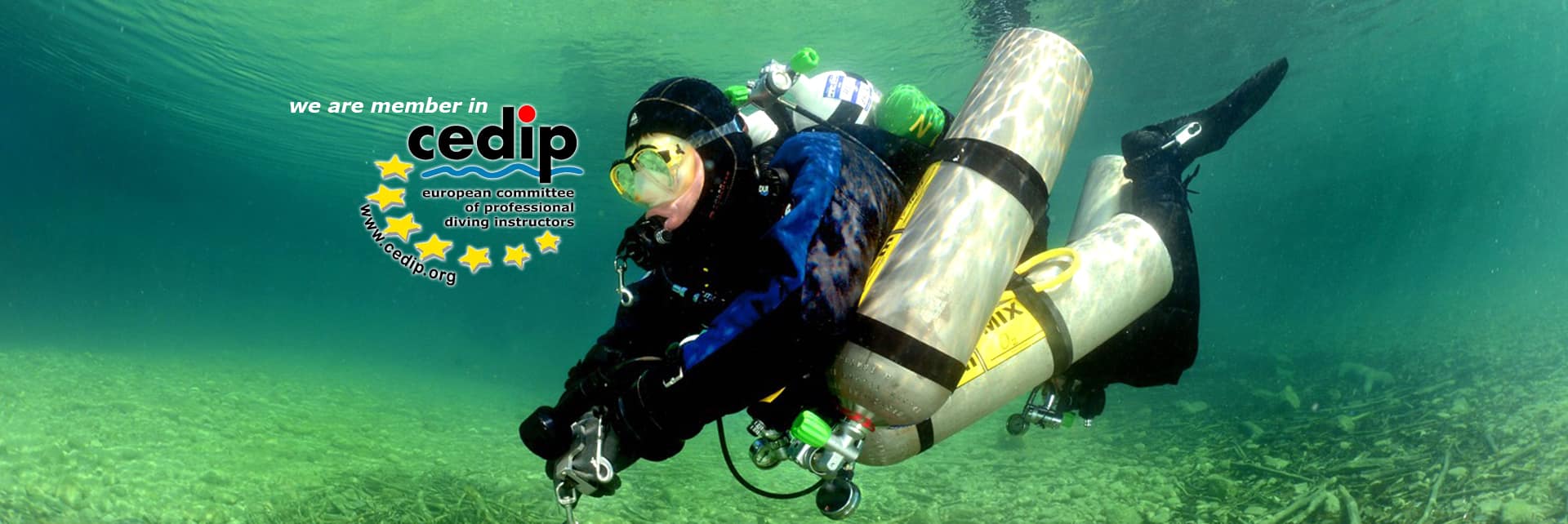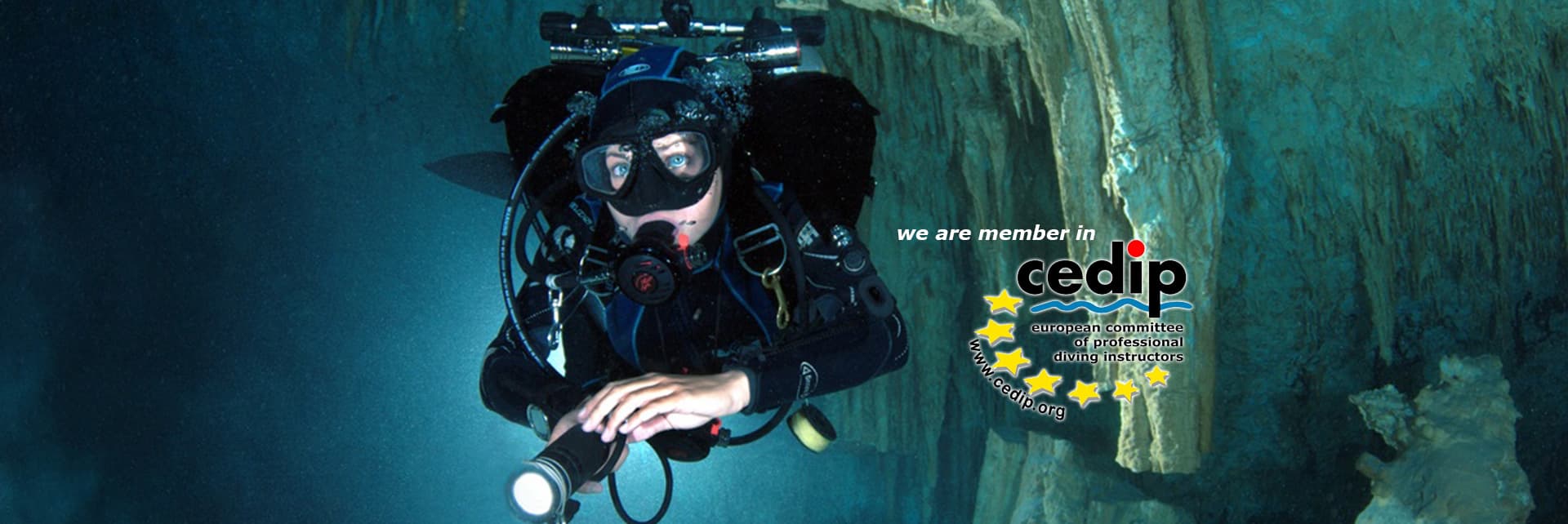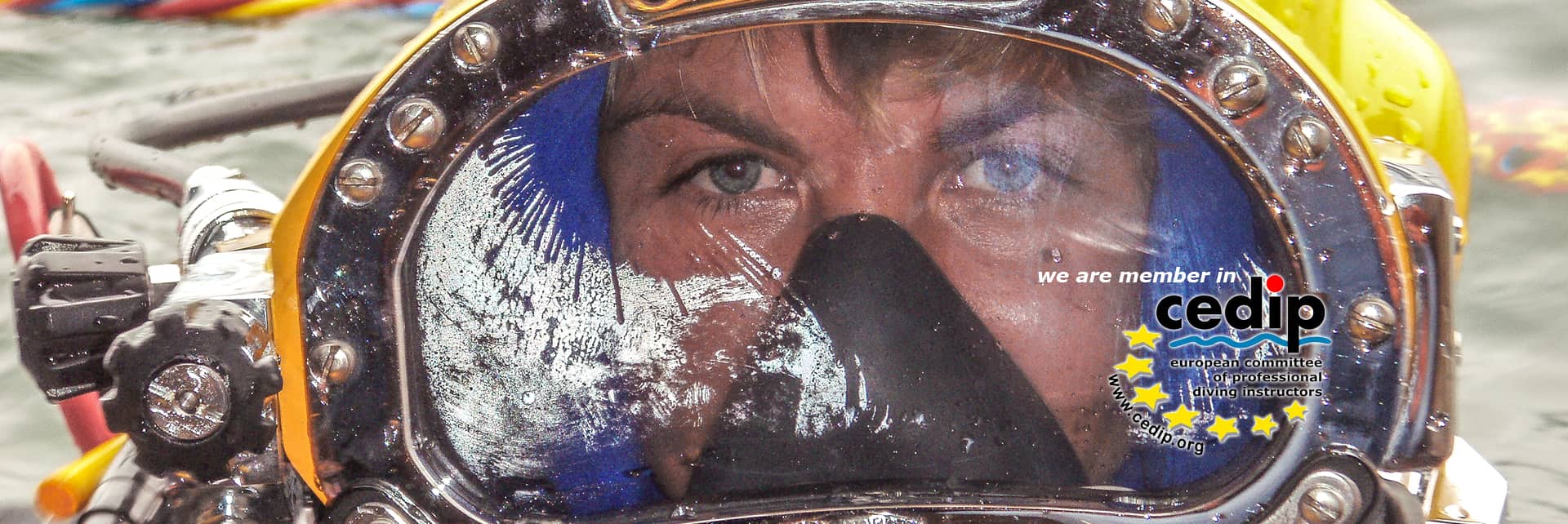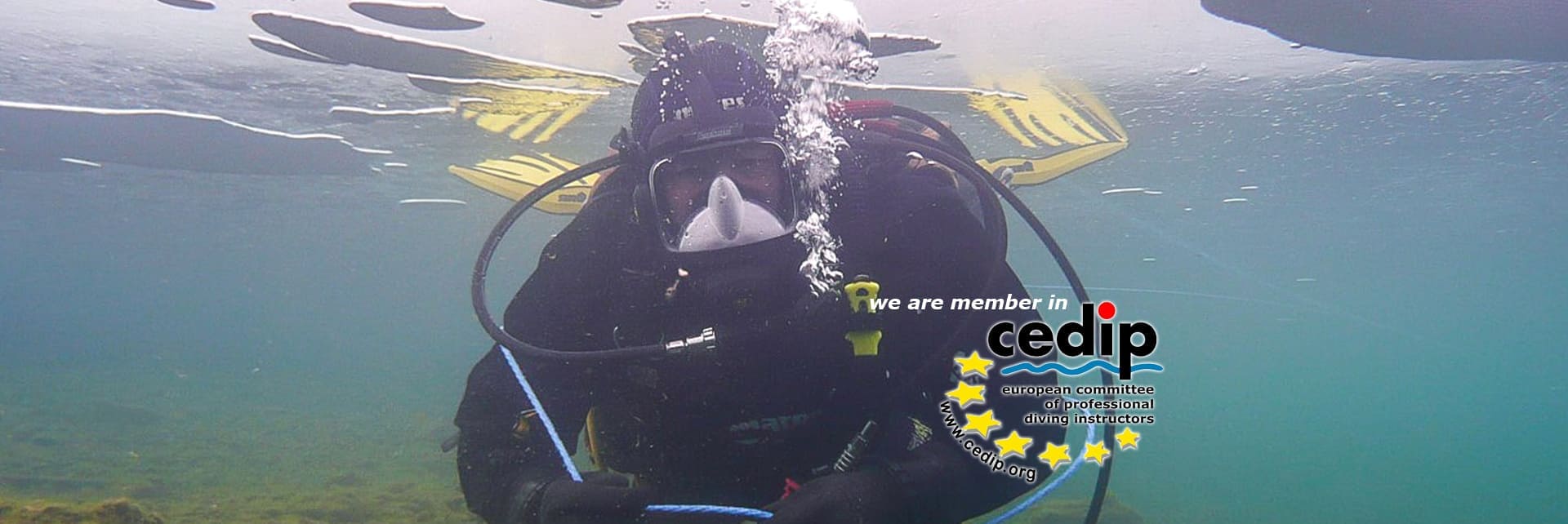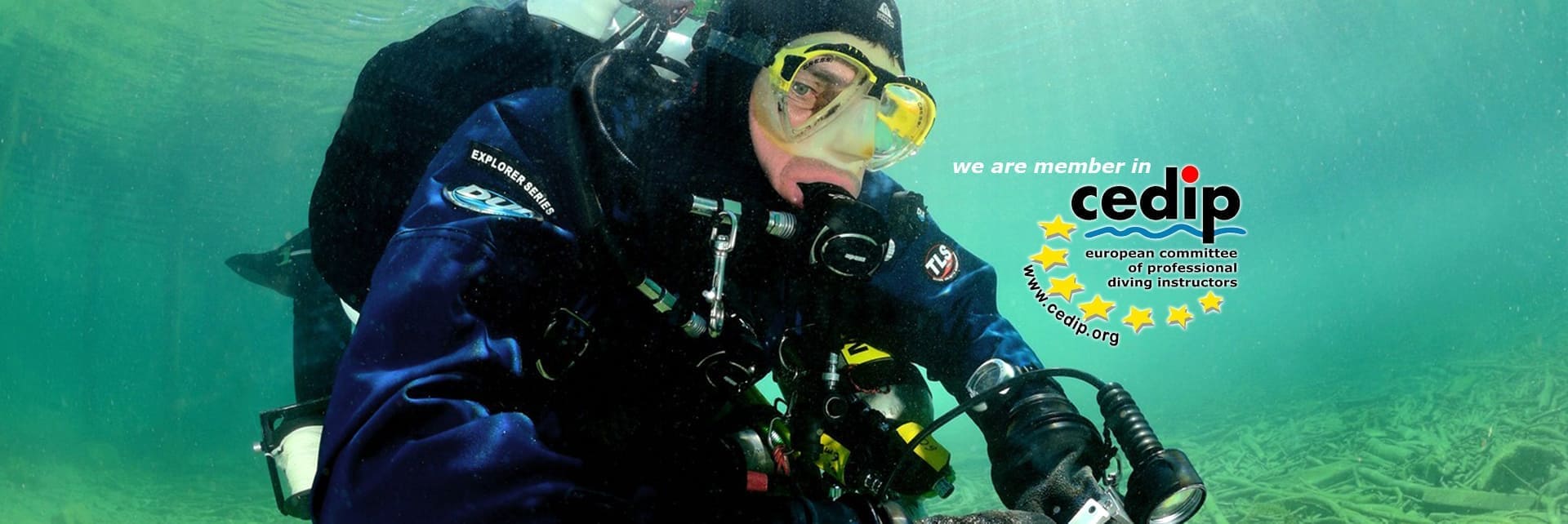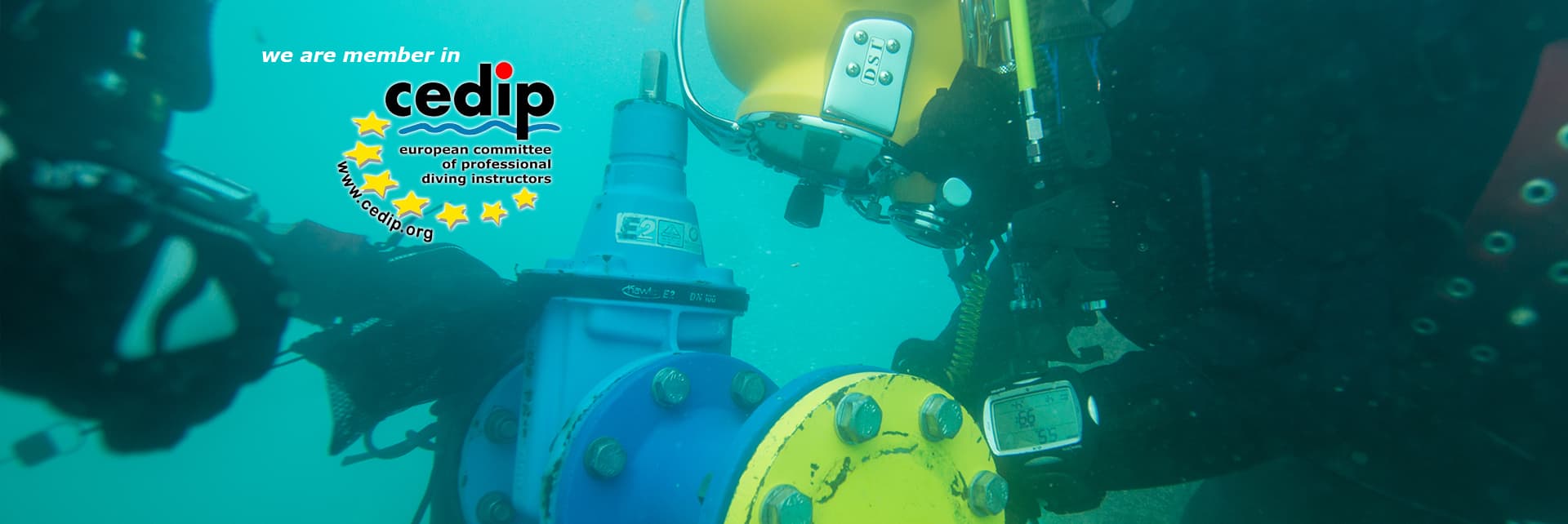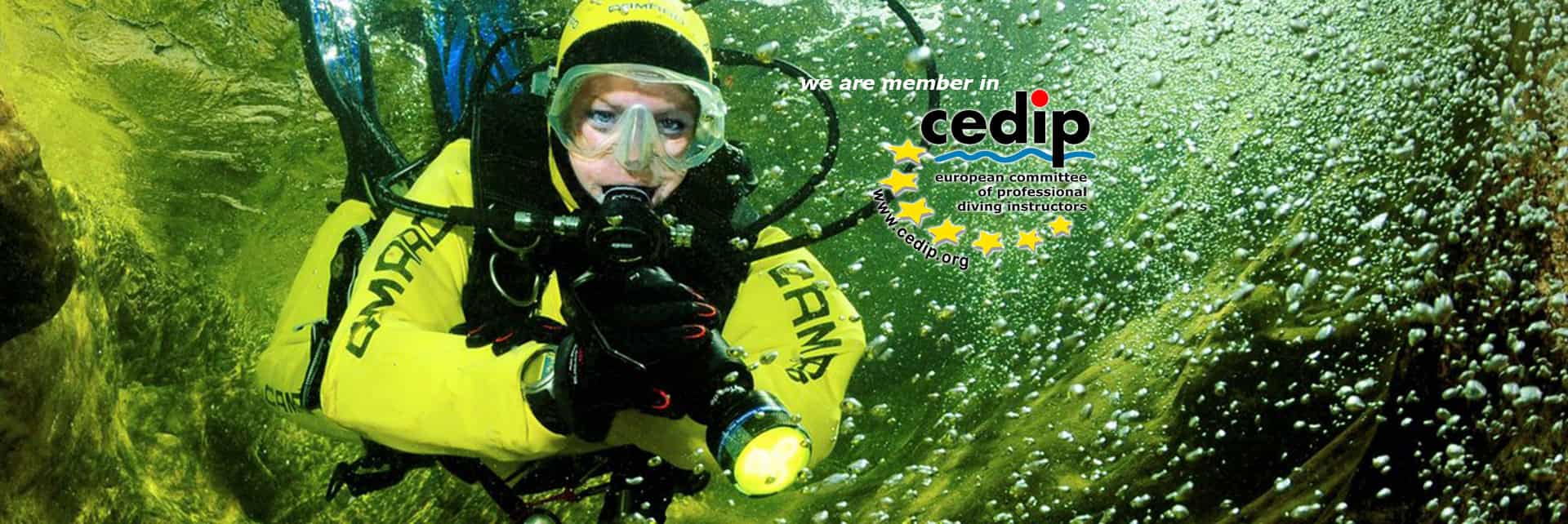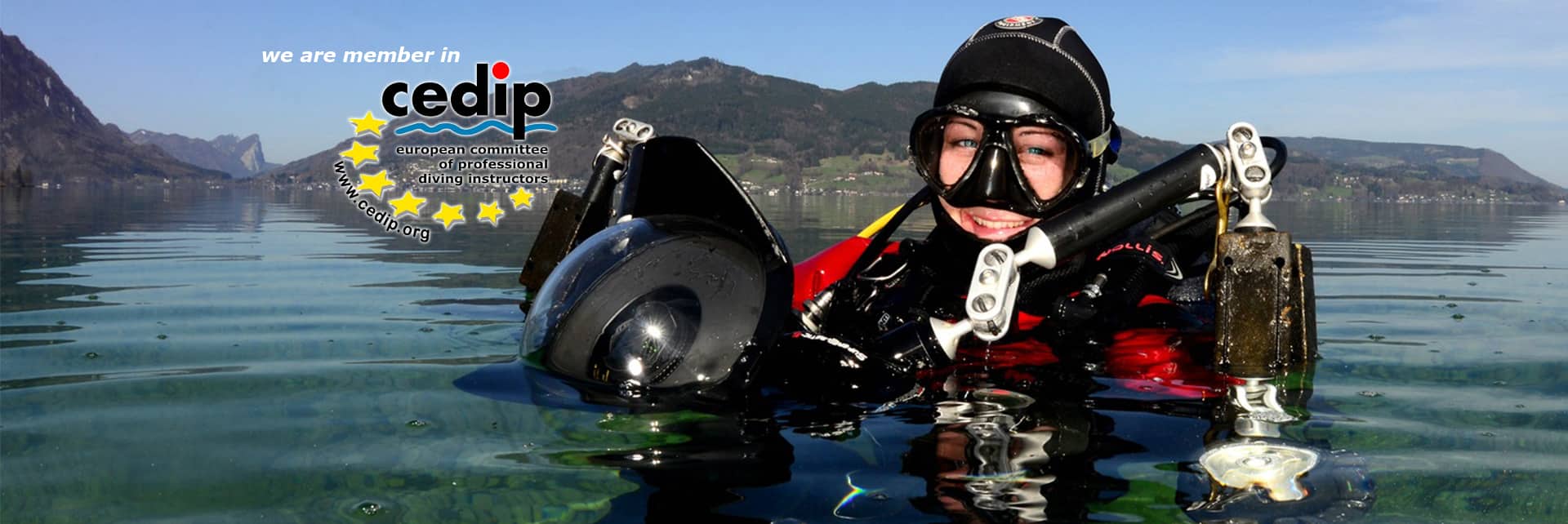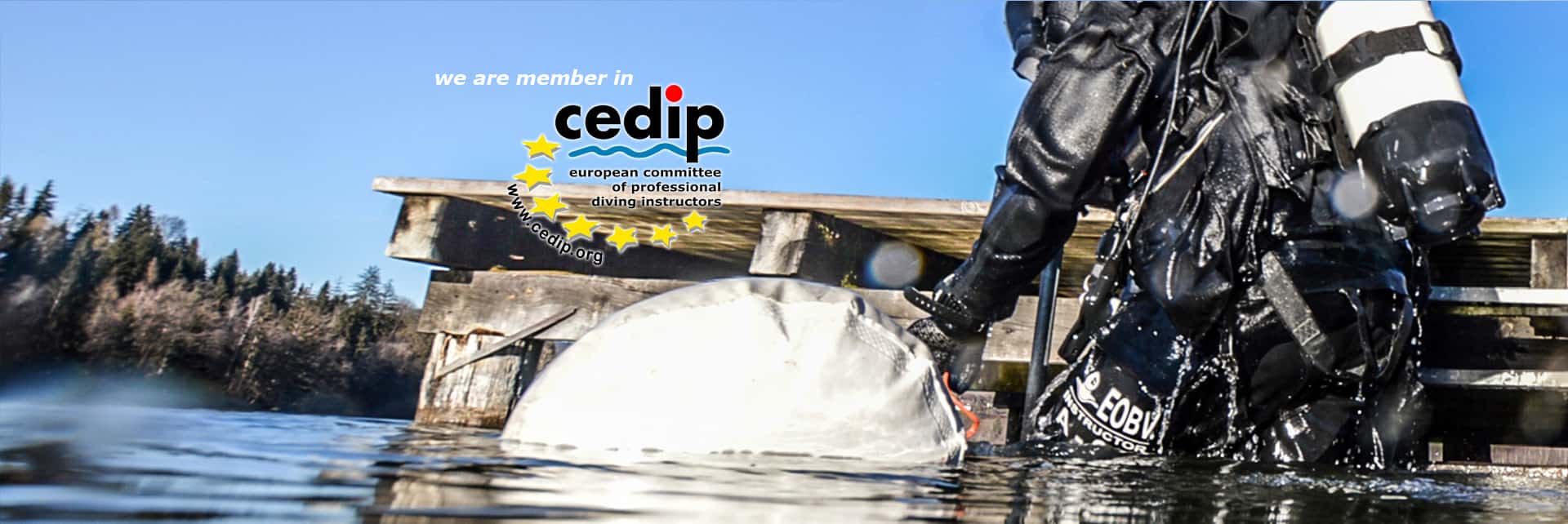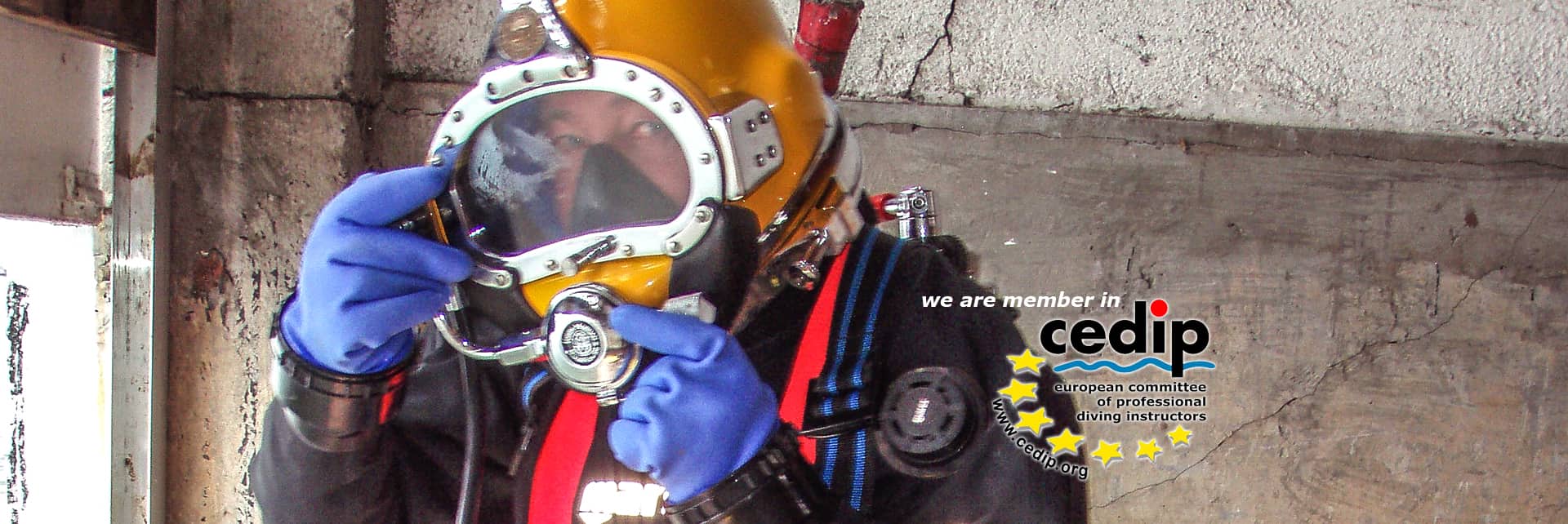Diving in a thunderstorm
What forces are released by lightning?
The temperatures measured in the lightning channel are between 30,000° and 40,000°C
The voltage that leads to the spark discharge, the lightning, can be several 100 million volts, the current can be up to 400 kA. The energy converted into the flash is up to 2,000 kWh. This roughly corresponds to the amount of energy released by the explosion of 1,000 kg of TNT explosives. (Source: internet)
Accordingly, it should be clear to everyone that a lightning strike into the water can be a dangerous situation for the diver. However, the greatest danger does not only come from the electric shock itself. An important factor is the electrical conductivity of the water. Rivers, lakes and the sea do not consist of pure distilled water, but contain lots of salt. It is these that conduct the current. Salt water conducts electricity over 100 times better than fresh water. The same applies to electricity as to lightning, both always seek the lowest electrical resistance. If the current hits a body in the water, it uses both the path through the body and the path around it. How it splits up depends on the two resistances. If the resistance of the body is greater than that of the water, more current stays in the water. It remains to be seen whether large or long bodies in the water are really more at risk. However, the question of a really safe diving depth remains open, since there is too little experience and measurements in nature in this regard. But it is interesting how fish behave when a thunderstorm is approaching. According to scientific observations, some of these seek a greater depth. The fact that dead fish often float in the water after a lightning strike is more likely to be due to the resulting pressure wave than to the current itself.
If the head of a diver or swimmer protrudes from the smooth surface of the water, this represents a living lightning rod, whether with or without metal parts on the body, and the probability of being struck by lightning is very high. Numerous experiments have logically confirmed this.
A lightning strike in the water is a fraction of a power supply, which is dissipated relatively quickly due to the good conductivity of the water. However, the situation is different with a permanent power supply, such as when welding under water, whereby the diver must never position himself between the earth clamp and the electrode. In this case, he would act as a “bridge” and serious injuries could occur. Also interesting is the fact that welding work under water with electrodes has so far only been possible at limited depths (20m-40m). On the one hand there are problems with the desired water displacement during welding, on the other hand the high water pressure reduces the conductivity of the current.
To assess the dangers, however, one must also consider the position of the diver, who is mainly below the surface of the water. When lightning strikes the water, on the other hand, there is a very flat voltage profile with very low voltage differences when the water strikes the ground due to the good conductivity of the water.
Swimmers and divers on the water surface, on the other hand, experience a high voltage difference between the water and the air if they are not hit directly, and high body currents (cf. step voltage) flow up to a distance of more than 100 m from the point of impact, with the same consequences as in the event of a lightning strike on land.
Consider what happens when lightning strikes the earth.
A voltage funnel is created in which the voltage is slowly distributed. Because electricity always follows the path of least resistance, bridges with a low resistance to the ground are used.
Such a bridge is, for example, man with his feet. The further apart they are, the greater the voltage difference we bridge, the more current can flow through us, the more dangerous the thing (step voltage).
A lightning strike is not only dangerous in the event of a direct hit, but also at a distance of up to 100 m. If electricity flows through people, burns occur
Penetration points and, due to the effect of the current on the nervous system, to heart rhythm and breathing disorders up to and including heart and breathing stops.
In the case of bodies covered with a film of water, for example due to rain, the chance of survival is very high, since the water film on the skin’s surface diverts the current to the “body shell”. However, due to the momentary heat development and the resulting water vapor, severe burns or scalding occur in places where the hot water vapor cannot escape (shoes, under clothing, etc.).
What are the differences when lightning strikes the water?
In order to be able to reasonably assess the risk of lightning striking the water, look
Let’s first look at the resulting stress distribution. Since water is a poor conductor of electricity downward, the energy cannot completely drain downward at one point. Therefore, lightning spreads across the water surface in all directions.
An even distribution of stress develops since water is a good conductor. Because the human resistance to water is relatively high, hardly any dangerous current flows through the diver, because the diver does not bridge a large voltage difference. Just like the bird on the wire. Since the diver is usually below the water surface, unlike the swimmer, he hardly has to fear being struck directly by lightning. Thus, the electrical effect of lightning is not so dangerous for the diver. However, the conclusion that nothing happens to the diver as long as he is under water is not correct. To do this, we consider what happens when lightning strikes a body of water.
As we already know from diving ecology, light (electricity) in the water is excreted/converted in the form of heat or chemical energy. Energy is converted!
The lightning, which can reach temperatures of up to 40,000°C, hits the water surface and penetrates the water column. The water evaporates explosively. The volume expansion triggers a shock wave.
We keep in mind that the energy is approximately equal to that of 1000 kg of TNT. The same thing happens to the diver as to the fish in dynamite fishing. In the water, the energy of the shock wave is passed on to the diver with almost no attenuation. All air-filled and therefore compressible spaces are compressed in a fraction of a second. The result is barotrauma, which in the mildest cases can produce a perforation of the eardrum, but in the most severe cases can also lead to barotrauma of the lungs, tissue tears, AGE, etc. At the same time, there is a risk of unconsciousness, which can have fatal consequences under water.
Note: A good diver is also the ability to recognize risks, assess them and eliminate them as best as possible. Just like with smoking, alcohol, etc. It’s the same with the issue of the lightning strike. Anyone who enjoys the privilege of being trusted by their dive buddy should be aware that saying no and not doing a dive is part of it. As is so often the case, common sense is required here. It doesn’t matter how far you have traveled. An essential part of a dive planning is also the consideration of the respective geographical location (mountains, known thunderstorm zones, etc.) as well as the consideration of the current weather conditions.
